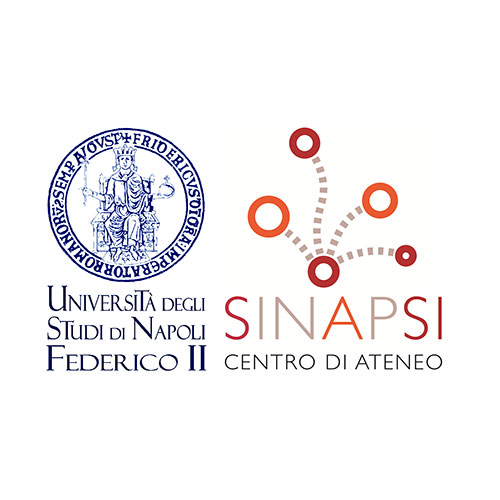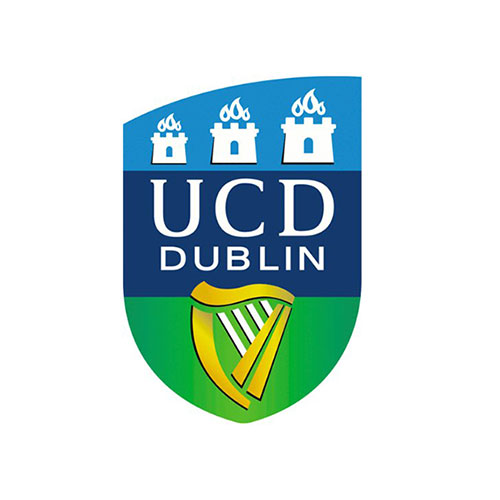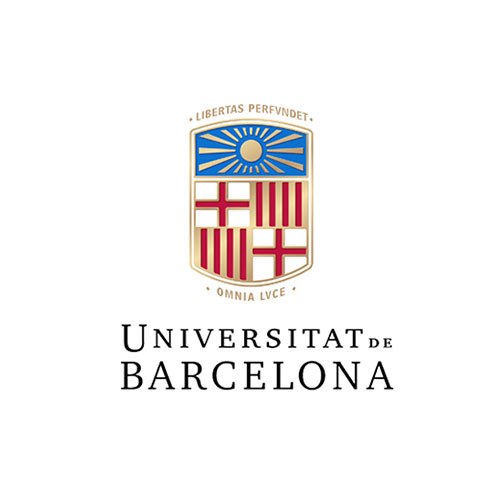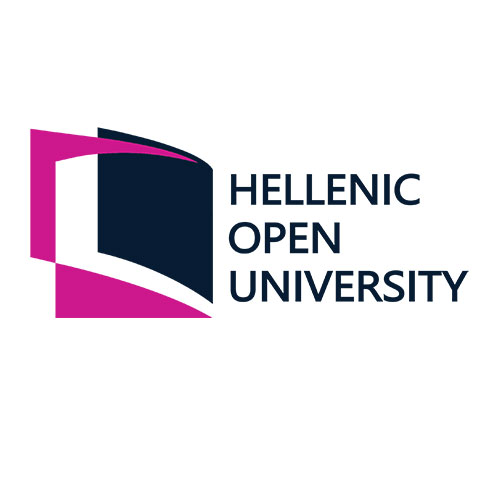Project XENIA
He Inclusiveness Index
XENIA originates from the need to address a paradox: while HE is the main source of research on gender and sexual orientation stigma and exclusion, seldom HEIs are recognised as “inclusive places” where exclusion on the basis of gender and sexual orientation is tackled.
Although many institutions have taken steps to support these groups and promote social inclusion of LGBT+ people, there has been little coordination or sharing of information about such initiatives. Then, our project will provide an innovative and integrated tool that will support European higher education institutions in evaluating the actual level of inclusiveness of their environment and in identifying what, and where, efforts can be placed to best address the needs of LGBT+ people and ensure the protection of their fundamental rights and academic opportunities
XENIA will develop and implement an innovative “HEI Inclusiveness Index” that allows HEIs to:
A. Map and assess how HEIs are inclusive, scoring them against a set of objective indicators
B. Gauge the perception of students and staff of how inclusive are HEIs, through questionnaire-based surveys among HEI staff (admin, teaching, support) and students to determine the “perceived” degree of inclusiveness at HEI
C. Identify key areas for intervention, allowing HEIs to prioritise their social inclusion policies, programmes and initiatives
XENIA will be developed and made available in 5 languages: English, Italian, Greek, Spanish, Slovenian
XENIA will generate considerable, meaningful and exponential impact as XENIA is complemented by actionable tools and measures to equip HEIs to develop inclusive policies, programmes and initiatives to fight discrimination based on gender and sexual orientation.
Impact at practice level: XENIA develops operational tools to enhance HEIs’ inclusiveness and equips them with tools to combat gender and sexual orientation stigma and exclusion.
Impact at policy level: XENIA provides concrete inputs to “evidence-based” policy formulation, stemming from the wealth of knowledge and information collected at implementation, when 2,500 students and 200 staff will be involved.






